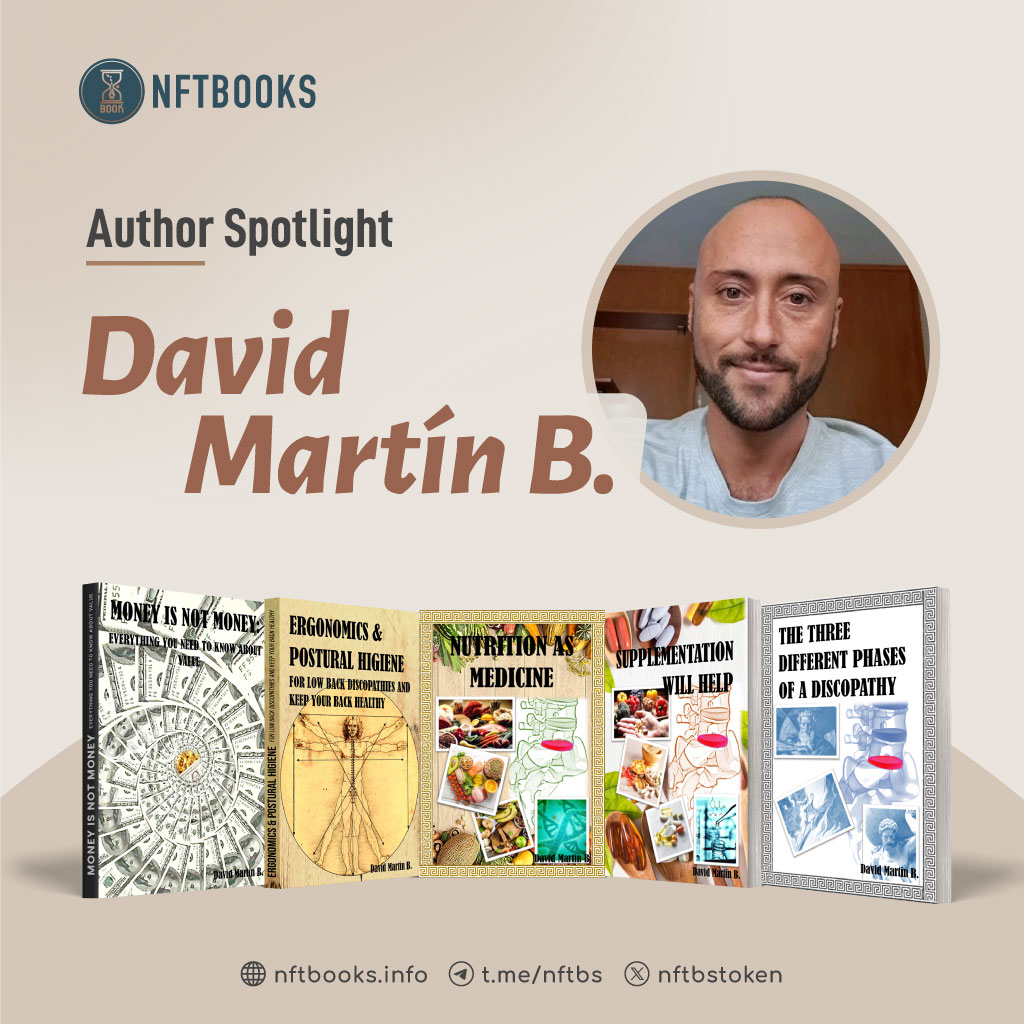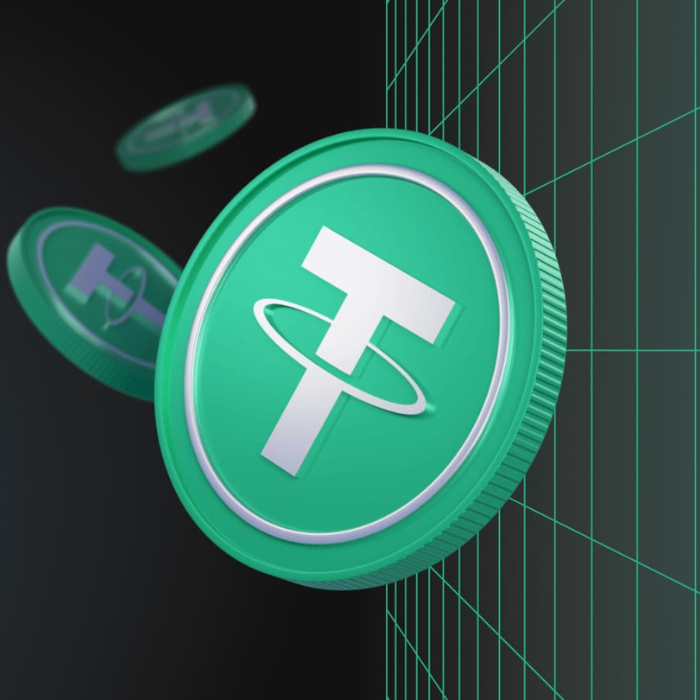In recent years, there has been a groundbreaking development in the world of digital assets and intellectual property known as Non-Fungible Tokens, or NFTs. While initially gaining popularity in the art world, NFTs are now making waves in the realm of literature as well. Authors and publishers are increasingly exploring the potential of NFTs as a means to secure book copyrights and protect their creative works in the digital age. In this article, we will delve into what NFTs are, how they work, and why they hold promise for authors seeking to safeguard their intellectual property.
What are NFTs?
To understand NFTs, let’s start with the concept of fungibility. Fungible assets are those that can be exchanged on a one-to-one basis, like money or cryptocurrencies. For example, if you trade a $10 bill for another $10 bill, you haven’t really gained or lost anything.
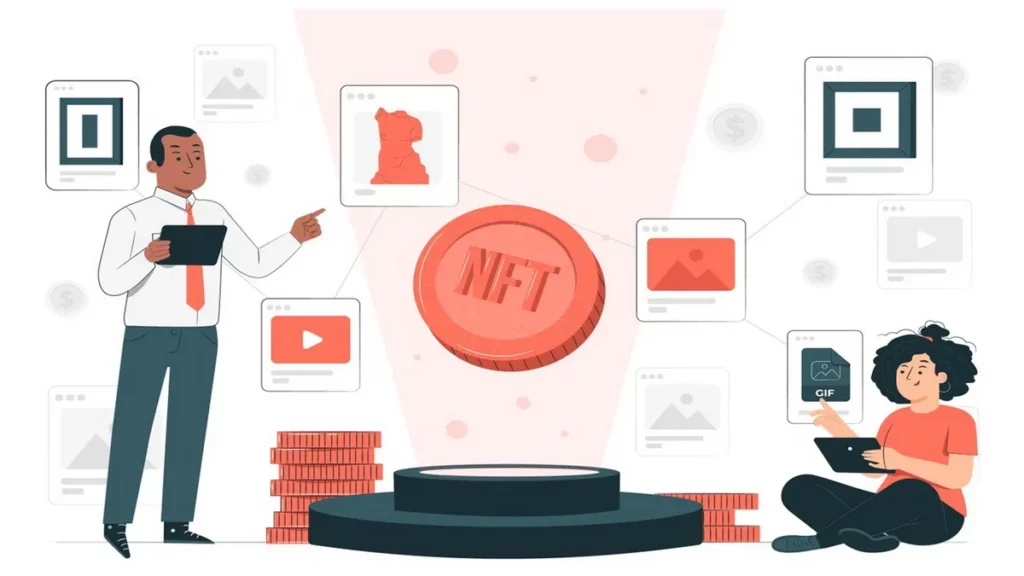
On the other hand, NFTs are non-fungible, meaning they are unique and cannot be exchanged on a one-to-one basis. Each NFT has distinct properties and attributes that set it apart from other tokens. These characteristics make it ideal for representing ownership or proof of authenticity for digital assets, including artworks, music, videos, and now, books.
How do NFTs work?
NFTs are built on blockchain technology, which provides a decentralized and transparent system for recording ownership and transactions. The most commonly used blockchain for these token is Ethereum/Polygon, although other platforms have emerged as well. Each NFT is assigned a unique digital signature, or token, that represents its authenticity and ownership. This token is stored on the blockchain, making it tamper-proof and immutable.
When an author creates an NFT for their book, they can include metadata such as the title, author’s name, edition, and any other relevant information. This metadata helps potential buyers or readers understand the specifics of the book they are purchasing or accessing. Once the NFT is minted and associated with the book, it can be bought, sold, or transferred just like any other digital asset.
Benefits of NFTs for authors
Authenticity and provenance: NFTs provide a secure way to establish the authenticity and provenance of a book. By creating an NFT, authors can prove that they are the original creators and maintain a verifiable record of their work’s origin. This can be crucial in cases of plagiarism or copyright infringement.
Copyright protection: NFTs offer authors a digital certificate of copyright ownership. Since NFTs are stored on the blockchain, which is decentralized and immutable, they provide a timestamped and tamper-proof record of the book’s creation and ownership. This can be valuable evidence in legal disputes and help authors protect their intellectual property rights.
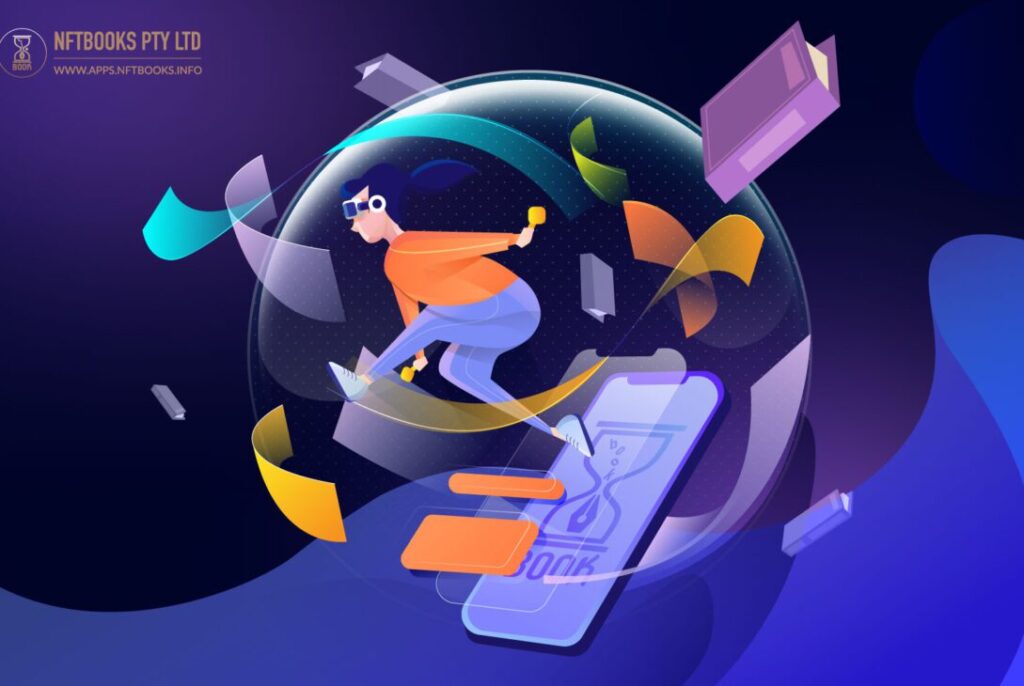
Royalties and monetization: It can be programmed to include smart contracts, which automatically enforce royalty payments to authors. When a book is resold or licensed, the smart contract can ensure that the original author receives a percentage of the proceeds. This feature allows authors to benefit from the secondary market and generate ongoing income from their works.
Direct engagement with readers: NFTs can foster a direct relationship between authors and their readers. By minting limited editions or special versions of their books as NFTs, authors can offer unique incentives to their fans. This could include personalized messages, exclusive content, or even virtual meetings and events. NFTs create a new way for authors to connect with their audience and reward their most dedicated supporters.
Challenges and considerations
While NFTs hold significant potential for authors, it is essential to consider a few challenges and factors before fully embracing this technology:
Environmental impact: The energy consumption associated with blockchain technology, particularly with Ethereum, has raised concerns about its environmental impact. As an author, it is worth considering the ecological footprint of NFTs and exploring alternative blockchain platforms that are more energy-efficient.
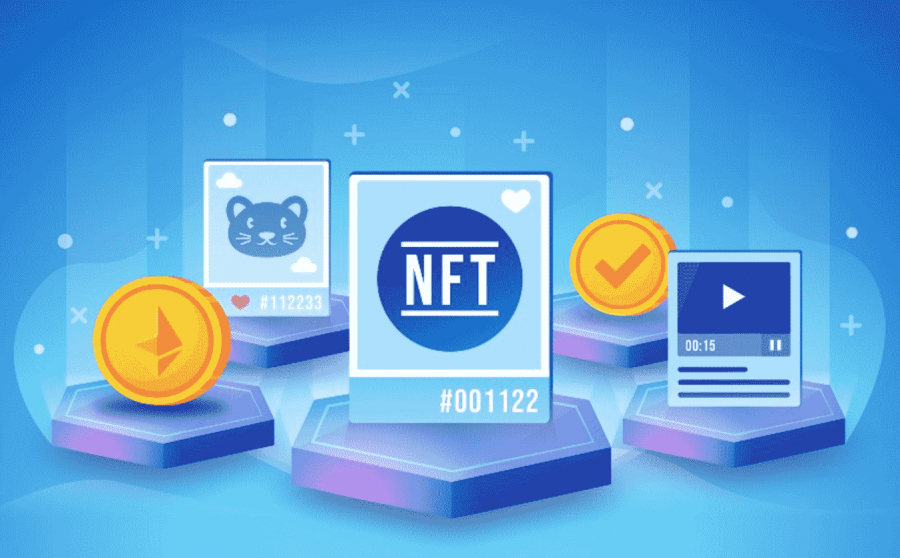
Market volatility: The NFT market has experienced significant fluctuations in value, with some tokens selling for astronomical amounts while others struggle to find buyers. Authors should be aware of the potential volatility and ensure they are not overly reliant on NFT sales as a primary source of income.
Technological barriers: NFTs are still a relatively new technology, and the process of minting, buying, and selling can be complex for those unfamiliar with blockchain platforms. Authors may need to familiarize themselves with the technical aspects or seek assistance from experts in the field.
Conclusion
NFTs represent an exciting development in the protection of intellectual property for authors. By leveraging blockchain technology, authors can secure their book copyrights, prove authenticity, and explore new avenues for monetization and reader engagement. While challenges and considerations exist, the potential benefits of NFTs are significant. As the digital landscape continues to evolve, embracing innovative solutions like NFTs can empower authors to safeguard their creative works in the modern era.





